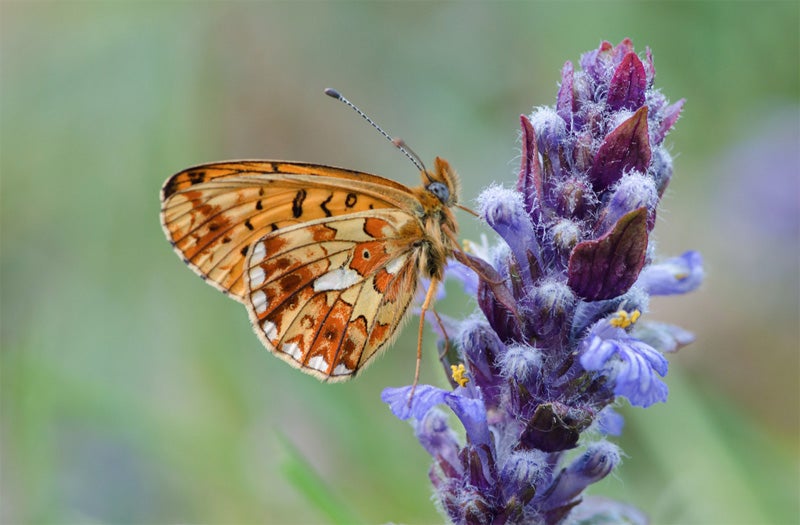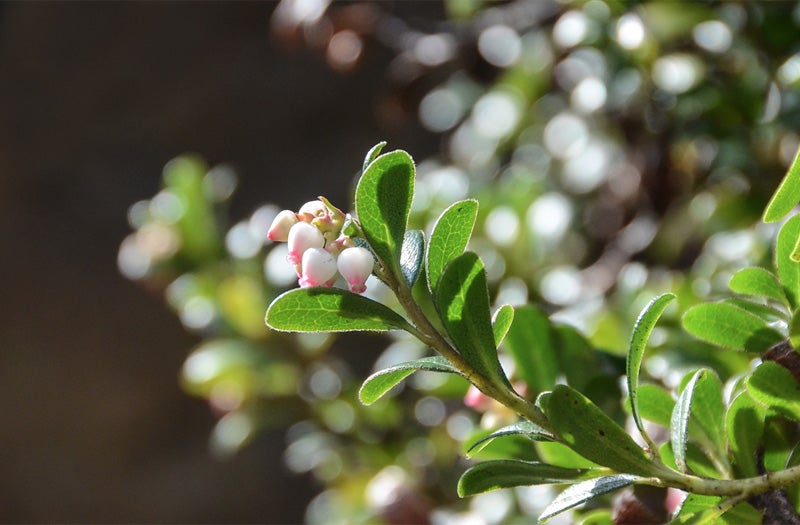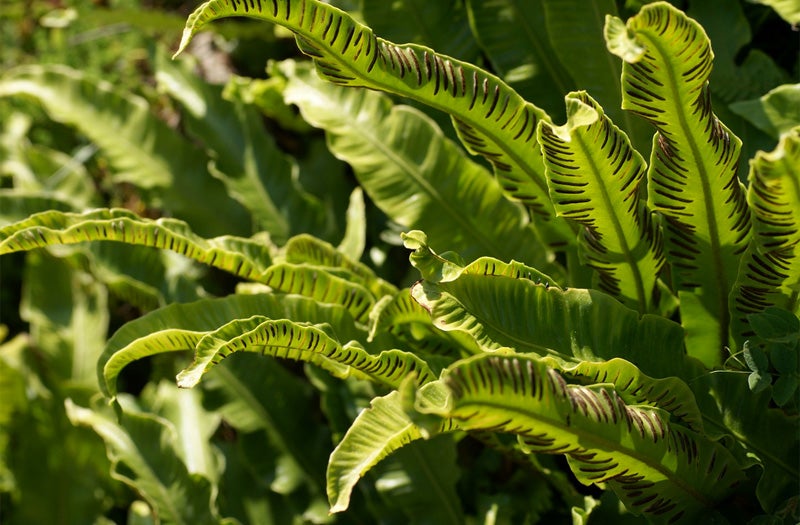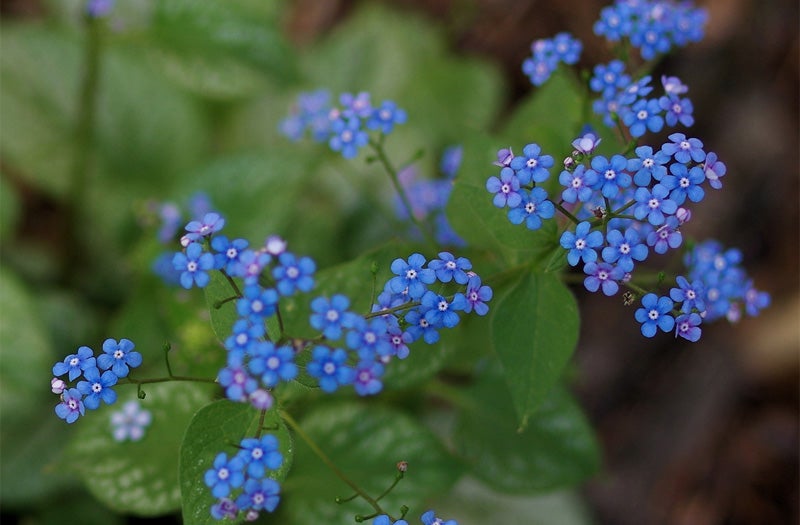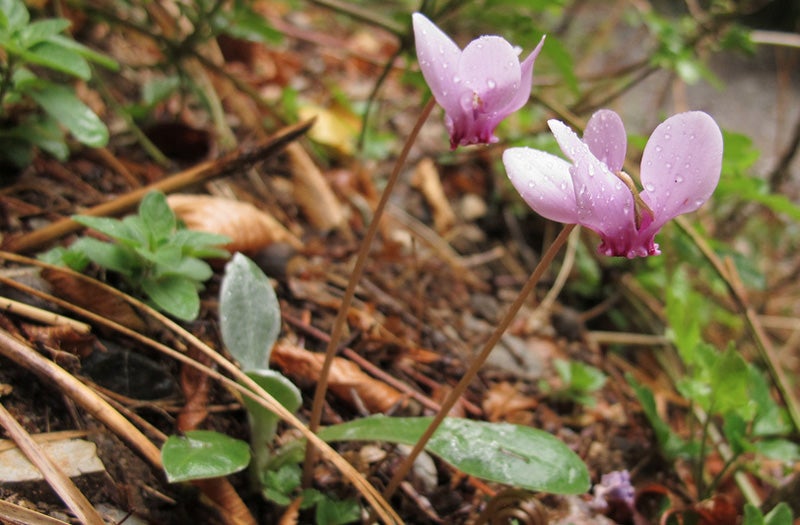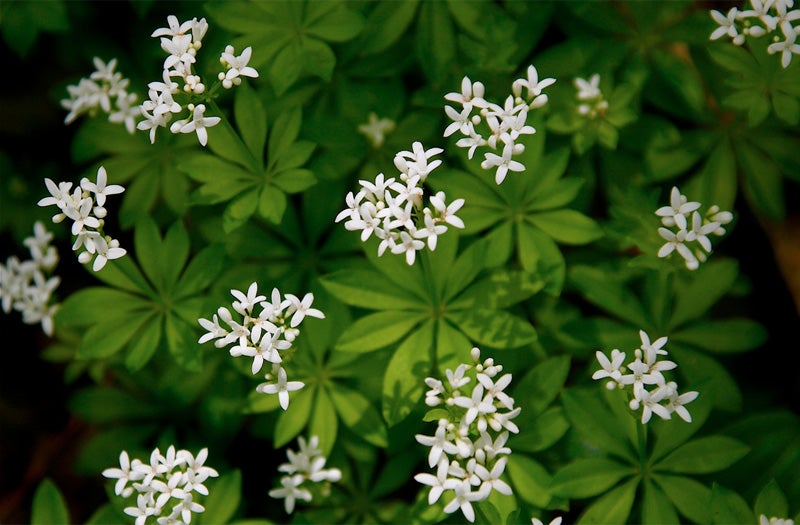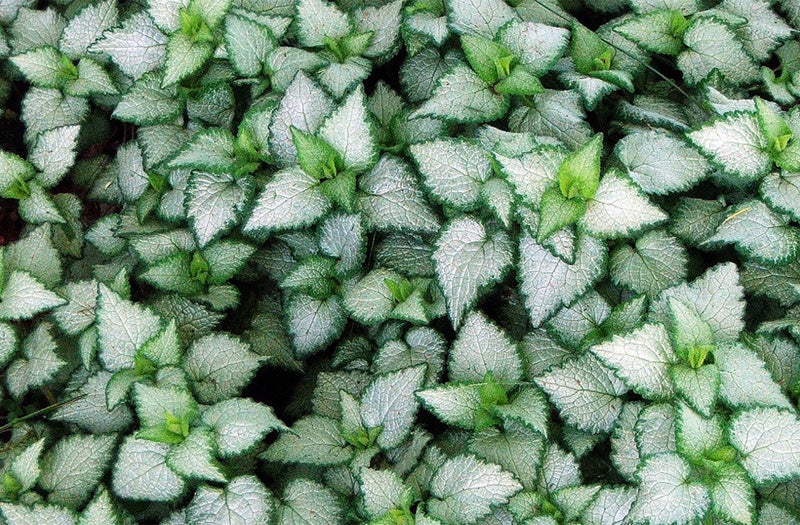Where oh where did the hydrangeas go?
ListenIn regions where winter was harsh there is a stunning lack of hydrangeas in bloom. Mike McGrath, host of You Bet Your Garden, will reveal why this happened and how to get your shrubs back in gear next season! Plus your fabulous phone calls.
Questions of the Week:
“We’ve had ten hydrangeas in our yard for many years; and every summer they’ve produced beautiful bouquets for me to bring to work. This is the first year that not one of the bushes has bloomed, regardless of their location in my yard. Could it be because of the cold winter we had? Also, some years I cut the hydrangeas back in the fall and some years I don’t. Is Fall when you’re supposed to cut them back?”
— Pat in Huntingtown, Maryland
Learn what to do to get big blooms from your hydrangeas »
-
 Photo by Flickr user mum49
Photo by Flickr user mum49
Highlights from show for August 16, 2014:
Cantaloupes vs. musk melons
Arlene from West Chester, PA thought she was growing cantaloupes, but Mike explains they are actually musk melons. Very few gardeners has ever grown an actual cantaloupe, he explains. Cantaloupe’s are actually very exotic and the most intensely delicious. Arlene says her melons have taken off this year and have vines ten to fifteen feet long taking over her garden. She has 17 melons. Mike wants to know if she’s pulling off the flowers. He warns not to disturb the plant, but to take off the blooms. “By pinching off the new flowers you will divert the energy back to the existing fruits.” Now as we get towards the back end of the season, he says, the longer it takes the fruit to mature the more you should be pinching.
Fighting fungus gnats
Myra in Egg Harbor Township, New Jersey has been struggling with fungus gnats for more than a year and she can’t figure out what to do. She has tons of house plants. Mike tells her they are breeding in the soil of her house plants. Mike explains, adult gnats wait till you water the house plants and then they lay their eggs in the wet soil and survive near the roots of the plants. Myra tried BT, but that didn’t work and Mike tells her she got so close to the answer. BT is actually for use against caterpillars, but the other form, BTI, is for mosquitos and flies. So Myra just has to use this correct form of this organic pesticide and she should be rid of her gnats.
-
 Photo by Flickr user John Tann
Photo by Flickr user John Tann
Waging war against gardening restrictions
Julia from Freemont Hills, Missouri lives in a city of 800 people and is grappling with new city ordinances that limit garden space to 200 square feet and completely eliminate container gardening. She would like to make a case for home vegetable gardens and asks Mike for guidance in building a formal appeal to the city that speaks to the benefits of urban gardening. Mike, aghast, responds: “I would dress up as a tomato plant and chain myself to the doors. Are you kidding me? These people are out of control!” Mike continues on to recommend multiple resources including the National Gardening Association and the National Community Gardening Association. He urges Julia to make phone calls, send emails and even draft a letter to Michelle Obama to ask for support. Mike also recommends seeking out various real estate associations as many would support the claim that healthy gardens and landscaping will increase property values. Mike sighs and says, “If this law got passed, I would give everyone — all 800 homeowners — tomato plants, or forbidden plants. This is absolutely insane, it’s a throwback. And the final thing you have to say is that this will make national news and your city will be the laughingstock of America.”
-
 Photo by Flickr user Nina Pope
Photo by Flickr user Nina Pope
Ground cover for dry shade
Josh from Glenside, Pennsylvania just finished tearing up his whole yard to fix one problem and now has a new problem — he can’t get his grass to grow! Mike laughs and says: “Fall planting, if your timing is anywhere close, is supposed to be bullet proof, Josh. So you’re failing to count to 2, here so far.” After hearing the symptoms, Mike finds that the grass seed is not getting enough sun and not enough water. Planting under a tree blocks the four hours of light the lawn needs, and the seed is competing for water with the roots of the tree. Without losing the tree, “And Josh, you realize this has been the coolest, wettest summer in history — this has been your lawn’s best chance … I think what you have to do is realize that the area out there is what’s called dry shade. And if you go online and you look up ground covers for dry shade, you will find plants that are very acceptable and that will co-habitate with those trees.”
Slideshow below: Ground covers for dry shade
WHYY is your source for fact-based, in-depth journalism and information. As a nonprofit organization, we rely on financial support from readers like you. Please give today.


